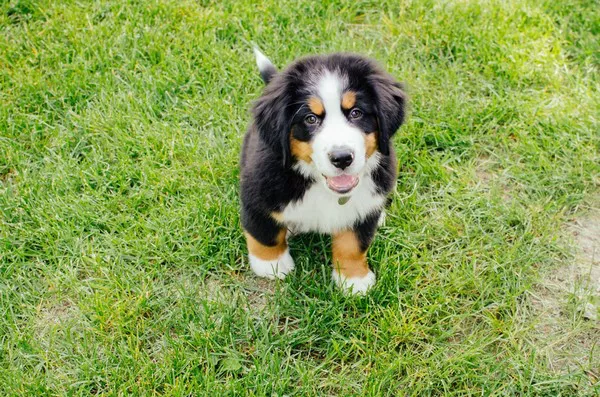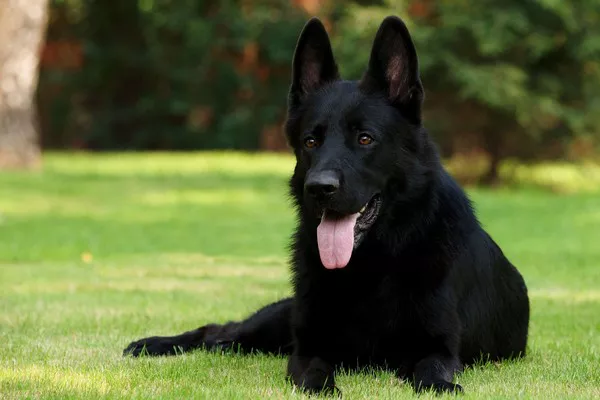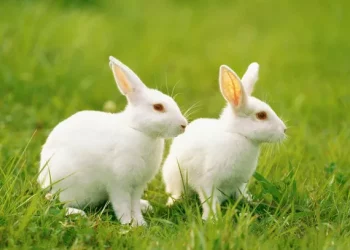The Alaskan Klee Kai is a small, energetic dog breed that resembles a miniature Husky. Known for their striking appearance and lively personality, they require regular grooming to maintain their health and coat condition. Proper grooming involves understanding how often to bathe your Alaskan Klee Kai, which helps keep their skin and fur clean without causing dryness or irritation. This article offers a comprehensive guide to bathing frequency, grooming tips, and general care to ensure your pet remains happy and healthy.
Understanding the Coat of the Alaskan Klee Kai
The Alaskan Klee Kai has a double coat consisting of a dense undercoat and a longer, coarser topcoat. This type of coat provides insulation and protection but also requires special attention during grooming. The undercoat sheds seasonally, often in heavy amounts, which means regular brushing and occasional bathing are necessary to manage shedding and maintain skin health. Understanding the structure and needs of this coat is crucial in determining the appropriate bathing schedule.
Why Regular Bathing is Important
Bathing your Alaskan Klee Kai serves several important purposes:
- Removes dirt, debris, and allergens from the coat and skin.
- Helps control shedding by loosening dead hair.
- Prevents unpleasant odors.
- Supports skin health by eliminating bacteria and potential irritants.
However, overbathing can strip natural oils, leading to dry skin and a dull coat. Therefore, balancing cleanliness with coat care is essential to keep your dog comfortable and healthy.
How Often to Bathe Your Alaskan Klee Kai
Recommended Bathing Frequency
For most Alaskan Klee Kais, bathing every 6 to 8 weeks is generally ideal. This interval keeps the coat clean and fresh without damaging natural oils. However, individual factors such as lifestyle, environment, and skin condition can influence bathing needs.
Factors Influencing Bathing Frequency
- Activity Level: Dogs that spend more time outdoors or get dirty frequently may require more frequent baths.
- Skin Sensitivity: Dogs with sensitive or dry skin benefit from less frequent bathing to prevent irritation.
- Seasonal Shedding: During heavy shedding seasons, extra baths may help manage loose fur and keep the coat healthy.
- Health Issues: Skin conditions or allergies might require special bathing schedules prescribed by a veterinarian.
Bathing Steps for the Alaskan Klee Kai
To ensure a positive grooming experience and maintain coat health, follow these essential bathing steps:
- Brush Before Bathing: Thoroughly brush your dog to remove tangles and loose fur. This prevents mats from becoming worse during bathing.
- Use Lukewarm Water: Avoid hot or cold water as it can irritate the skin.
- Select a Gentle Shampoo: Use a dog-specific shampoo, preferably formulated for sensitive skin or double-coated breeds.
- Rinse Thoroughly: Ensure all shampoo is washed out to prevent residue that can cause itching or irritation.
- Dry Properly: Use a towel and, if your dog tolerates it, a blow dryer on low heat to completely dry the coat, especially the undercoat, to prevent moisture buildup.
Tools Needed for Bathing and Grooming
Using the right tools makes grooming easier and more effective. Here are recommended items for bathing your Alaskan Klee Kai:
- Slicker brush: To remove loose fur and untangle mats before bathing.
- Undercoat rake: Helps to manage shedding by reaching the dense undercoat.
- Dog shampoo: Preferably hypoallergenic or formulated for double coats.
- Towels and blow dryer: For thorough drying to avoid skin infections.
- Nail clippers: To trim nails during grooming sessions.
- Ear cleaner: To keep ears clean and prevent infections.
Brushing and Grooming Beyond Bathing
Bathing alone is not enough to maintain a healthy coat. Regular brushing is essential to prevent mats and control shedding:
- Brush your Alaskan Klee Kai at least twice a week during non-shedding seasons.
- Increase to daily brushing during seasonal shedding to remove dead fur effectively.
- Pay special attention to areas prone to mats, such as behind the ears and under the legs.
- Regular grooming sessions help you check for skin issues or parasites early.
Managing Seasonal Shedding
The Alaskan Klee Kai sheds heavily twice a year as they blow their undercoat. During this time:
- Increase brushing frequency to daily or every other day.
- Consider bathing more often, approximately every 4 to 6 weeks, to help remove loose fur and keep skin healthy.
- Use an undercoat rake regularly to manage thick fur buildup.
- Maintain a clean living environment to reduce fur accumulation indoors.
Signs Your Alaskan Klee Kai Needs a Bath
Sometimes the bathing schedule should adjust based on your dog’s condition. Watch for these signs indicating a bath is needed:
- Noticeable odor from the coat.
- Visible dirt, mud, or debris on fur.
- Excessive scratching or biting, which could indicate allergens or irritants.
- Dull or greasy coat texture.
- Presence of dandruff or dry flakes.
Common Bathing Mistakes to Avoid
To keep your Alaskan Klee Kai comfortable and healthy, avoid these common errors:
- Bathing too frequently, which strips natural oils and dries out skin.
- Using human shampoo or harsh detergents that irritate sensitive dog skin.
- Inadequate rinsing, leaving shampoo residue behind.
- Skipping brushing before bathing, which can cause mats to tighten.
- Not drying the coat fully, leading to moisture retention and infections.
Additional Grooming Tips for Alaskan Klee Kais
- Trim nails every 3 to 4 weeks to prevent discomfort and injury.
- Clean ears weekly with a vet-approved cleaner to avoid infections.
- Brush teeth regularly to maintain oral health.
- Schedule professional grooming if you are unsure about handling specific needs.
Conclusion
Proper grooming of your Alaskan Klee Kai, including regular but not excessive bathing, is key to their well-being. Bathing every 6 to 8 weeks, combined with routine brushing and other care practices, ensures a clean, healthy coat and skin. Always observe your dog’s individual needs and adjust grooming routines accordingly. With attention and care, your Alaskan Klee Kai will stay vibrant, comfortable, and looking their best throughout the year.
Related Topics:























